It was a punishing schedule as you might expect when the programmes featured a hill and a high road and were filmed in different parts of Britain.
But Aberdeen actor, Michael Sheard, was never afraid of hard work while appearing in such diverse offerings as Star Wars, Colditz, The Professionals, alongside five different Doctor Who’s (from the 1960s to the 1980s), Coronation Street, The Darling Buds of May, Van der Valk, The Invisible Man and Auf Wiedersehen Pet.
He earned a cult following among youngsters as the abrasive Latin teacher Maurice Bronson from the TV series Grange Hill, which was set in a London comprehensive, where his dour countenance, dictatorial manner and ill-fitting toupee gradually turned him into a television icon in the programme between 1985 and 1989.
Acclaimed in the business as “One Take Mike” for his consummate professionalism on set, he was increasingly in demand throughout the 1980s and occasionally found it difficult to fit in films with his assorted television commitments.
A man in demand
However, when the opportunity arose for him to join the cast of Take The High Road in the midst of shooting Grange Hill, he couldn’t turn the invitation down – but it led to a situation which he later described as “crazy”, while he flitted between the programmes.
It may seem surprising that Sheard whose impressive CV included roles in such box-office smashes as The Empire Strikes Back, Force Ten From Navarone, Escape To Athena and Indiana Jones And The Last Crusade, should be so enthusiastic about signing up for Take The High Road, the couthy Scottish soap opera set in the fictional village of Glendarroch, whose exteriors were filmed in the real-life village of Luss.
But he had never forgotten his “enchanting” holidays in the north of Scotland while he was growing up in the Granite City and jumped at the chance to join the series regulars such as the ubiquitous Mrs Mack, played by Gwyneth Guthrie, Fiona Cunningham, by Caroline Ashley and Tom “Inverdarroch” Kerr by John Stahl.
There was just one problem, though. The filming clashed with Grange Hill. But, in Sheard’s world, there were no obstacles which couldn’t be overcome with enough resolve.
It was a busy summer for the actor
As he recalled: “On Grange Hill, we used to work from April to December, with a
six-week turn around. In other words, we would take six weeks to rehearse, film, and do the studio work for a block of four episodes.
“We’d rehearse in a rehearsal room, with bits of tape on the floor to indicate the edge of a room, or the side of a car even, for the first two weeks, then we’d go out to one of the
closed-down schools, or the studio, or wherever, and film and video the four episodes for the remaining four weeks.
“I was fortunate enough to be offered other work during our breaks, particularly during our free time at the start of the year, during January, February and March, but one summer (in 1987), a very dear director friend of mine offered me an eleven-week stint on the popular series Take The High Road.
“The trouble was that the engagement started three weeks before our summer break on Grange Hill began (in the middle of our filming schedule for the previous set of four
episodes), and ended two weeks after our summer break finished (after the end of the rehearsal period for the next set of four episodes). What could I do?”
Sheard and the producers were quick to arrive at a compromise whereby he could perform in both series, though it didn’t leave much room for rest in his calendar.
Making the situation work
He explained: “I very much wanted to do High Road, but I couldn’t ask for that amount of time off, even as a very great favour. But I reckoned without the help of my director chum Fiona Cumming, who was now the producer of the Scottish series.
“Fiona rang the producer of Grange Hill and, together, they worked out a schedule whereby I could do both. Take The High Road was made in Scotland, by Scottish
Television, and they worked things a bit differently there. They still recorded their episodes in blocks, but they would film all their outside stuff first.
“After that, they would go into the rehearsal room, rehearse the interiors, and then videotape them in the studio. So for the first three weeks of my dual engagement, I travelled up to Glasgow – by train because I hate flying – on a Sunday, and filmed Take The High Road on Monday, Tuesday, and Wednesday.
“Then I caught the train back to London on the Wednesday evening, and recorded Grange Hill on Thursday and Friday. I would spend the Saturday at home, then the whole thing would start again on Sunday.
“When the Grange Hill summer break started, I moved up to stay in Glasgow, and we rehearsed and did the studio stuff for Take The High Road. But this period didn’t finish
until the next block of Grange Hill had begun, indeed until the end of the rehearsal time, so I missed all the rehearsal, and returned only just in time to begin filming.
Avoiding any major problems
“Although I had detailed plans of what the director intended and had studied them and my lines on those long train journeys, and although everything went very smoothly, I would not recommend doing two shows at the same time even if you are lucky enough to find a Fiona who can make it work.
“My fellow actors were very kind, and happy that I was doing Take The High Road, but it must have been tremendously difficult for them not having me there for rehearsals.”
Somehow, not least because of his expertise and powers of recollection, there were no major problems, regardless of how quickly the whole thing could have collapsed if Sheard had fallen ill or there had been a rail strike or the wrong type of leaves on the line as he was juggling his twin priorities with one eye on the clock.
He said: “Perhaps I had shown that I was conscientious. Apart from the time off to do Take The High Road, I never missed a call, or was even late for rehearsal, during the whole time I worked on Grange Hill.
“Even when the snow was so thick there was only one slippery lane open on the motorway one bad winter, I made it, one of only two people who did. Perhaps that was why they bent over backwards to enable me do Take The High Road – as a thank-you for setting a good example.
“Personally, I didn’t see it like that at the time, it was simply my job and I loved doing it. I was over the moon that I had somewhere exciting to go every morning. But I very much appreciate that I was appreciated….”
He wasn’t just appreciated, but loved
Sheard, who died in 2005 at only 65, was one of the most cherished actors of his generation. Despite often being cast as Nazis, villains and even as Mr Bronson, he was a convivial and friendly figure who earned the gratitude of the younger Grange Hill actors by demanding that the children were treated no differently from the adults.
One obituary said: “He found the word ‘fan’ pejorative, referring instead to his aficionados as ‘appreciators’ and had no time for backstage hospitality, preferring to mingle and chat affably, remembering faces, establishing genuine friendships, and waiving remuneration to appear at all manner of charitable events.
“He treated everybody the same and reserved his scorn only for some ‘lofty’ actors who treated extras or the public with disdain.”
For more on Michael Sheard:
When Darth Vader killed an Aberdonian in Star Wars just by looking at him
Doctor Fa? Iconic Aberdeen actor Michael Sheard could have been a Doric Time Lord in the Tardis
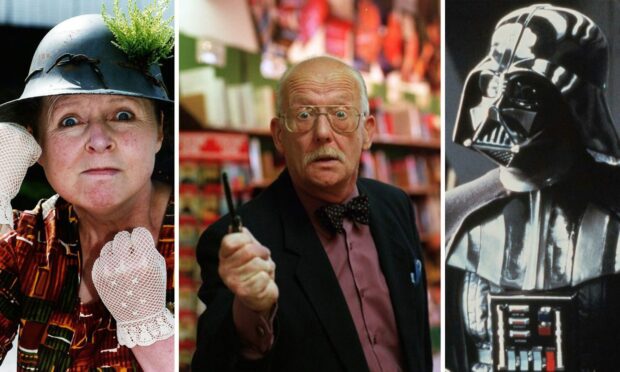
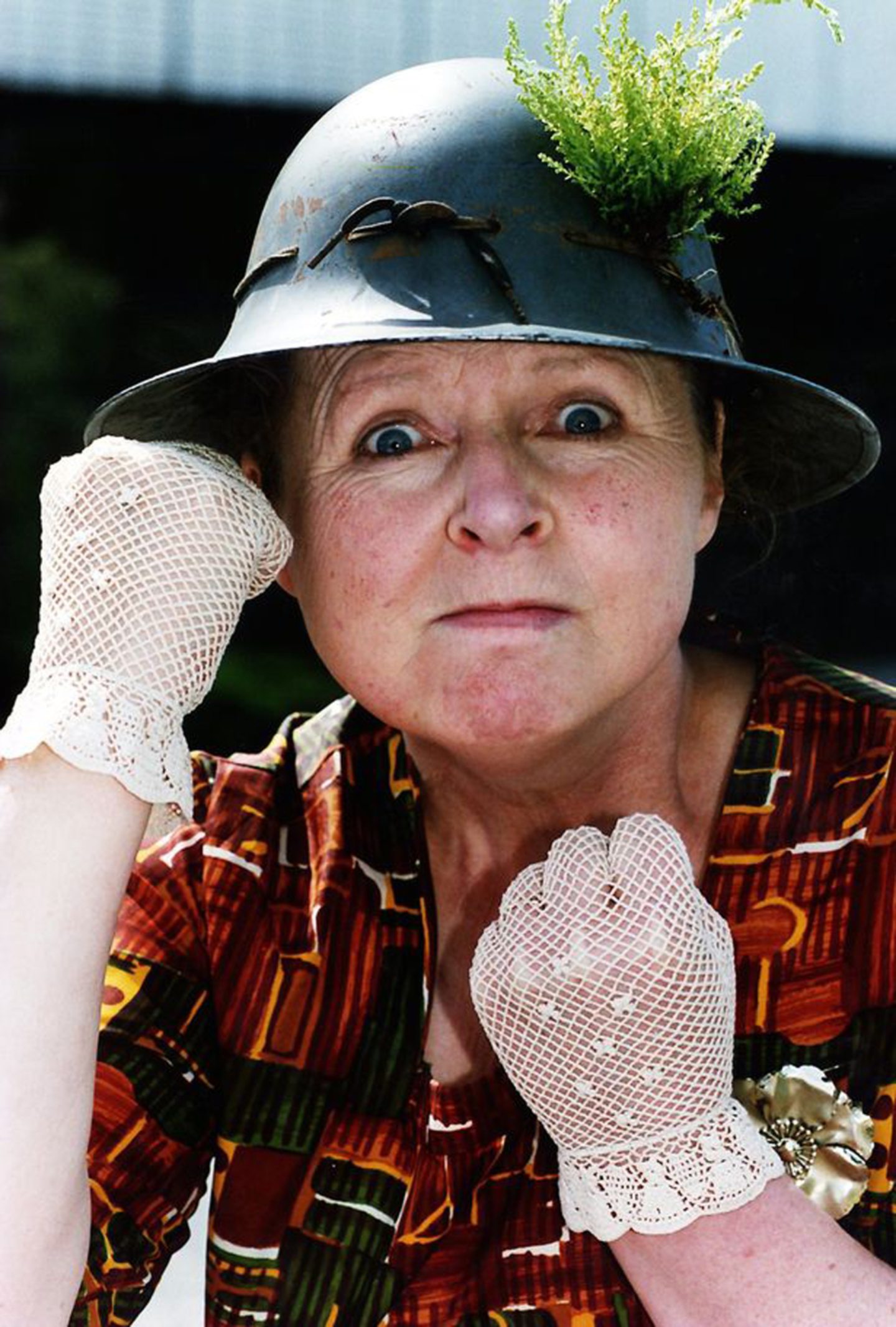
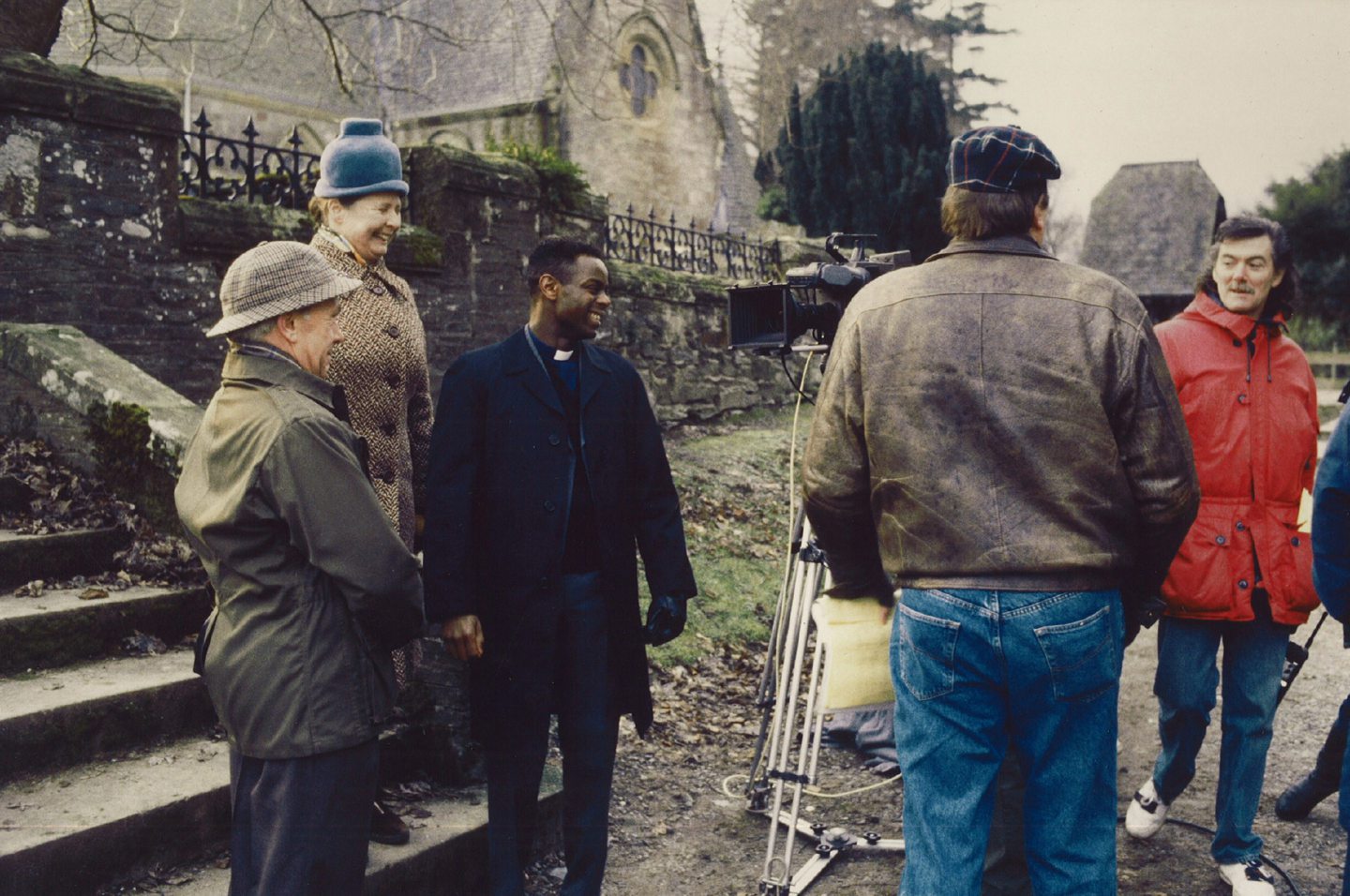
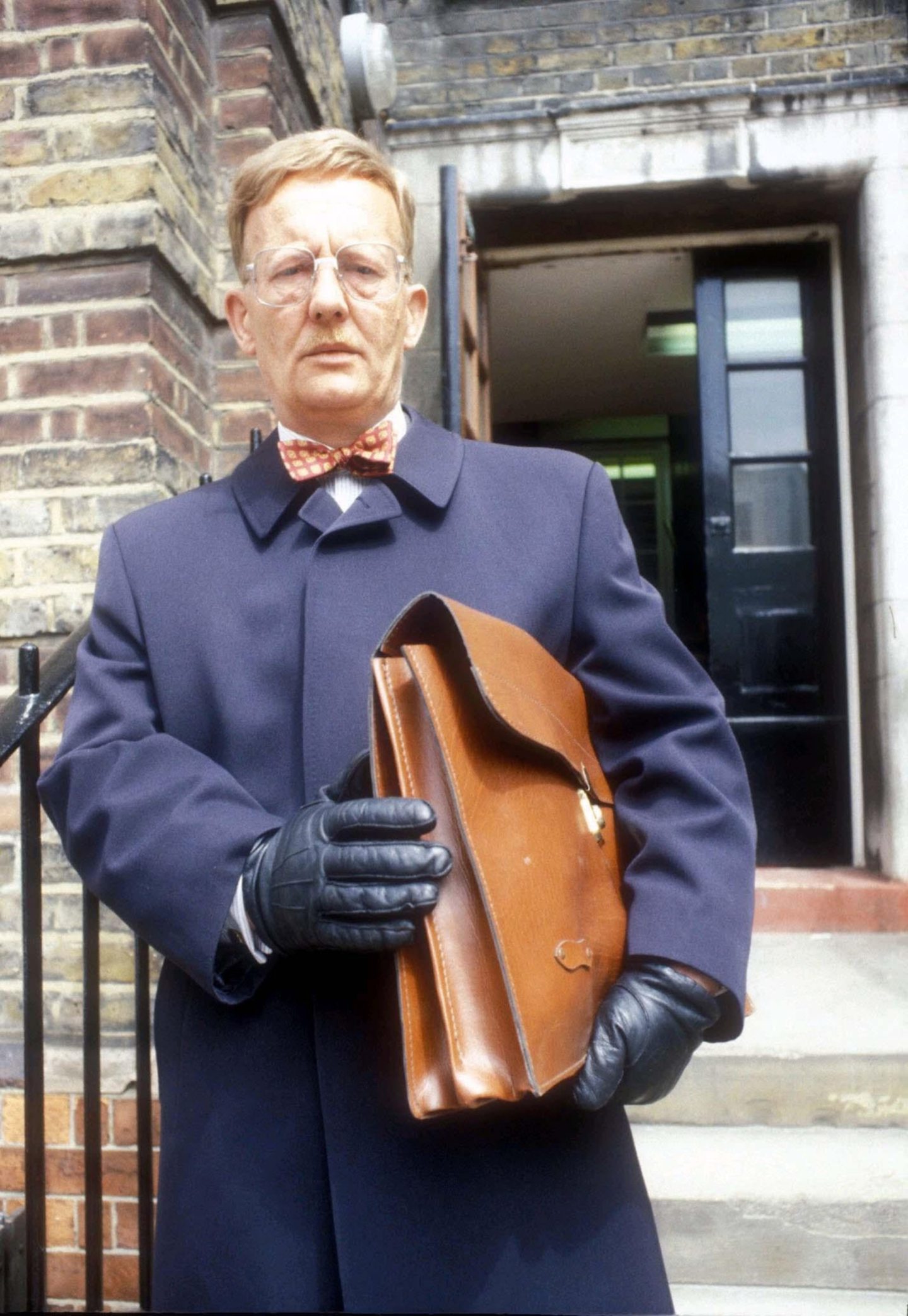
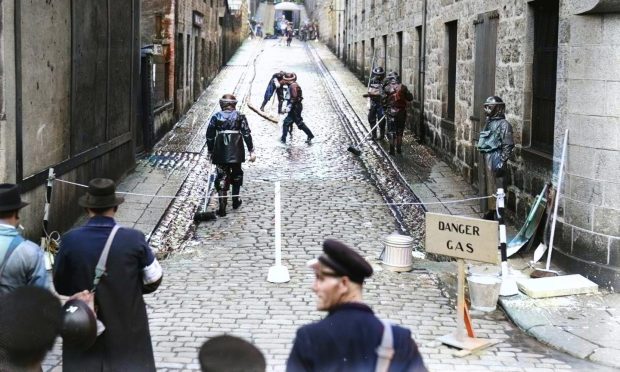
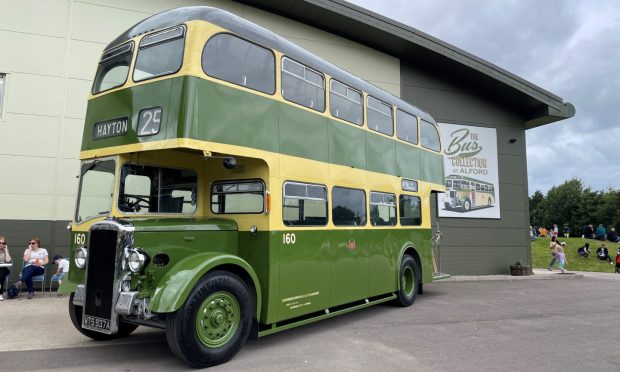
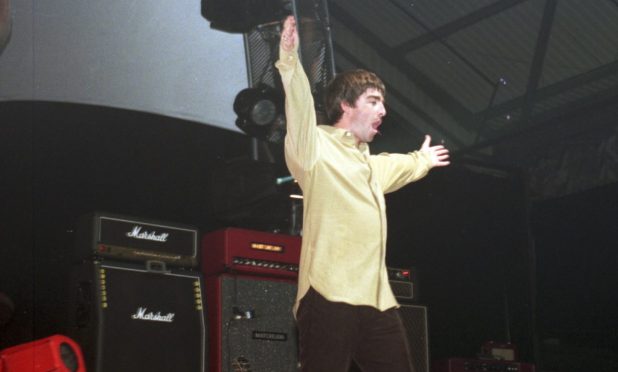
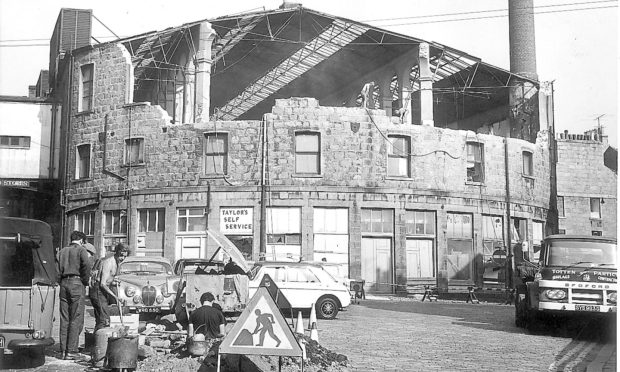
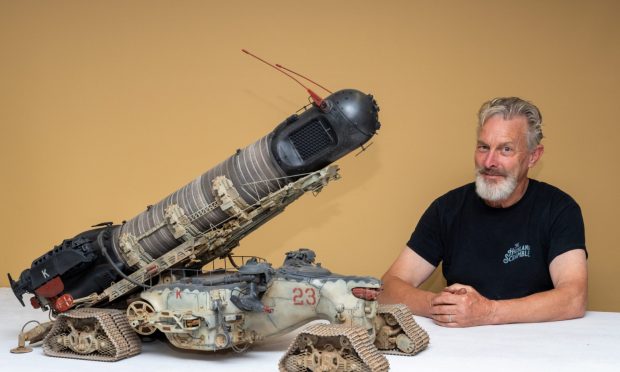
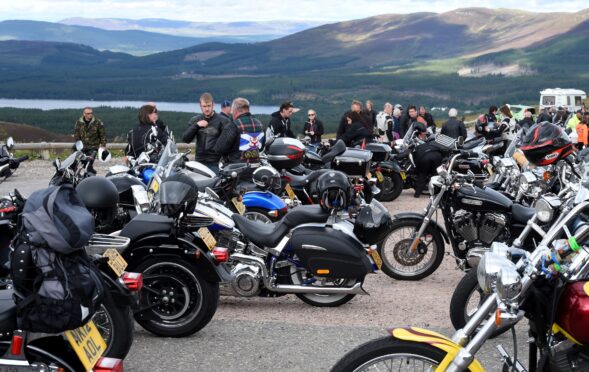
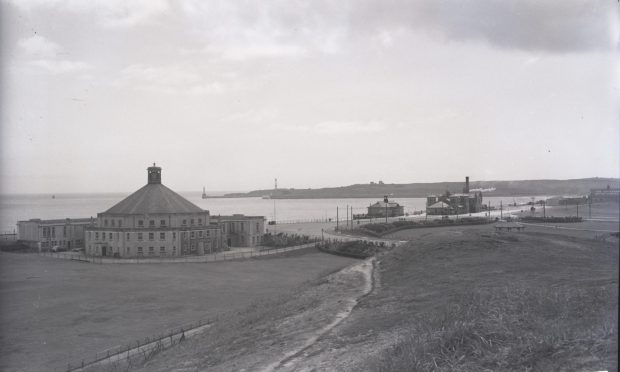
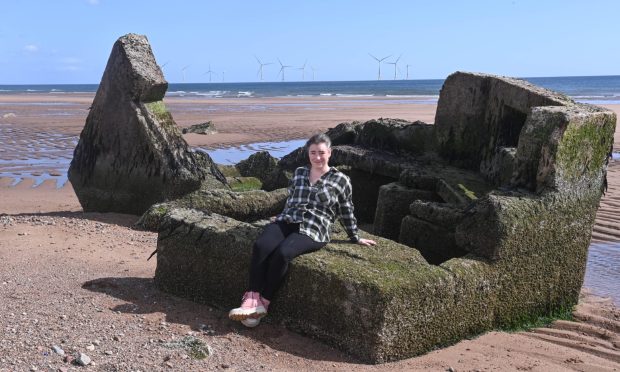
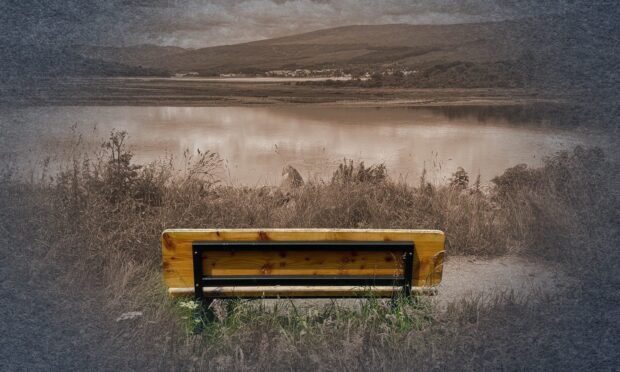
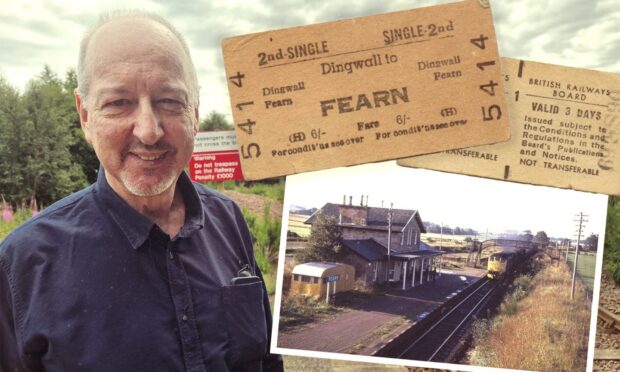
Conversation